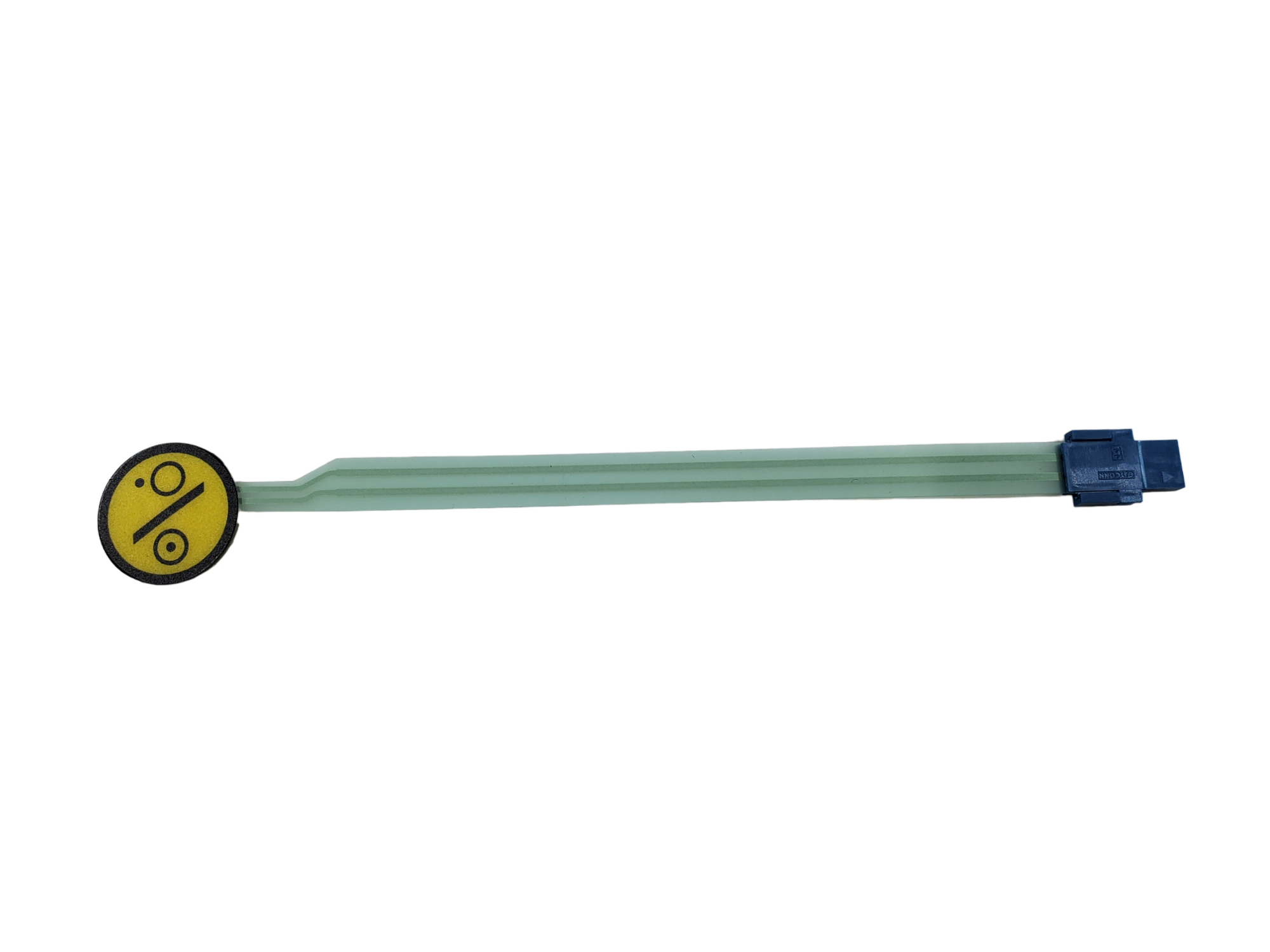Explore the Benefits of Using a Membrane Switch in Modern Devices
Explore the Benefits of Using a Membrane Switch in Modern Devices
Blog Article
Recognizing Membrane Changes: The Key to Reliable and long lasting Controls

What Are Membrane Layer Buttons?
Membrane switches are a sophisticated service in the world of individual interface innovation, incorporating performance and layout flawlessly. These tools function as a user interface between customers and digital systems, incorporating numerous elements into a portable layout. Typically constructed from versatile, thin layers of materials, membrane layer buttons are created to react to touch, making it possible for customers to interact with machinery and electronic tools effectively.
The key aspects of a membrane layer switch consist of a published circuit layer, visuals overlay, and a spacer layer that protects against unintended activation. The visuals overlay can be personalized to show brand identity or customer choices, boosting looks while making certain usability. Membrane layer switches are generally utilized in numerous applications, including clinical tools, consumer electronics, and commercial tools, owing to their durability and resistance to environmental factors such as dampness and dust.
Among the crucial benefits of membrane layer switches is their ability to hold up against deterioration, making them suitable for high-traffic environments. Additionally, they are lightweight and call for marginal area, enabling cutting-edge styles in product advancement. Overall, membrane layer switches stand for a efficient and functional selection for modern electronic interfaces, marrying technology with user-centric design principles.
Exactly How Membrane Switches Over Job
The procedure of membrane layer changes hinges on a straightforward yet efficient device that translates individual input into digital signals. When a customer presses the switch, the leading layer warps, allowing a conductive component in the circuit layer to make call with an equivalent conductive pad on the underside of the graphic overlay.
The layout of membrane buttons can vary, yet they frequently integrate domes or tactile components to supply comments to the user, boosting the overall experience - membrane switch. The materials utilized in membrane buttons, such as polyester or polycarbonate, contribute to their durability and resistance to environmental elements, including dampness and dust. The published circuits are normally encapsulated, which protects them from wear and tear over time.
Advantages of Membrane Layer Buttons

Additionally, membrane switches are understood for their resilience. Built from robust products, they are resistant to dust, moisture, and physical wear, which significantly prolongs their find out here now life-span contrasted to traditional mechanical switches. This sturdiness makes them especially appropriate for high-traffic settings and applications calling for long life.
An additional considerable advantage is the simplicity of cleaning and maintenance. The smooth surface of membrane switches minimizes dirt buildup and is often impervious to spills, making them perfect for settings that require constant sanitization.
In addition, membrane layer buttons use a streamlined profile, leading to a thinner layout that can be incorporated into various devices without including mass. This function not only boosts the visual charm but also adds to a much more ergonomic product design.
Applications of Membrane Layer Switches
Straightforward and functional, membrane switches find applications throughout a vast array of sectors, including medical tools, consumer electronic devices, and commercial equipment. In the clinical field, these buttons are important to devices such as analysis devices, patient tracking systems, and infusion pumps, where integrity and simplicity of cleansing are important. Their capability to maintain and hold up against severe settings performance makes them ideal for such applications.

In consumer electronic devices, membrane layer switches are utilized in products like microwaves, washing equipments, and remote controls - membrane switch. Their smooth layout allows for user-friendly interface, improving the general customer experience while offering longevity and resistance to deterioration
Commercial equipment likewise benefits from membrane switches, particularly in control panels for equipment and automation systems. These switches supply protection against dust and wetness, ensuring constant performance in difficult settings. Furthermore, their adjustable functions permit suppliers to tailor them to specific operational needs, improving effectiveness and performance.
Selecting the Right Membrane Layer Change
When picking a membrane layer button, it is vital to take into consideration numerous variables that affect performance and suitability for particular applications. The primary considerations consist of ecological problems, tactile feedback, resilience, and design specifications.
First, analyze the operating setting; buttons subjected to moisture, chemicals, or severe temperature levels require certain materials to guarantee longevity and capability. Next off, assess the need for responsive comments. Depending on customer communication, some applications may take advantage of a responsive reaction to confirm activation, while others might choose a non-tactile design for visual reasons.
Resilience is an additional important aspect; membrane buttons ought to be designed to stand up to frequent usage, effects, and abrasion. Ensure the chosen switch can sustain the expected lifecycle, specifically in high-usage situations.

Verdict
In this website verdict, membrane layer changes work as essential parts in the style of reliable and sturdy control systems across various sectors. Their compact layout, integrated with robust building and construction and customizable attributes, improves user communication while guaranteeing long life in requiring environments. directory The adaptability of membrane changes enables customized solutions that fulfill particular functional needs, strengthening their significance in contemporary innovation. As markets remain to evolve, the value of integrating efficient membrane layer switch options can not be overemphasized.
Membrane changes stand for a critical element of modern-day interface style, mixing functionality with durability in different applications.Membrane layer buttons are an advanced remedy in the realm of user interface innovation, integrating performance and style flawlessly. Commonly constructed from flexible, thin layers of materials, membrane layer switches are developed to respond to touch, allowing users to communicate with machinery and electronic devices effectively.
The design of membrane layer buttons can differ, yet they usually include domes or responsive components to give comments to the individual, improving the overall experience.In conclusion, membrane layer switches offer as essential parts in the layout of trustworthy and long lasting control systems across various sectors.
Report this page